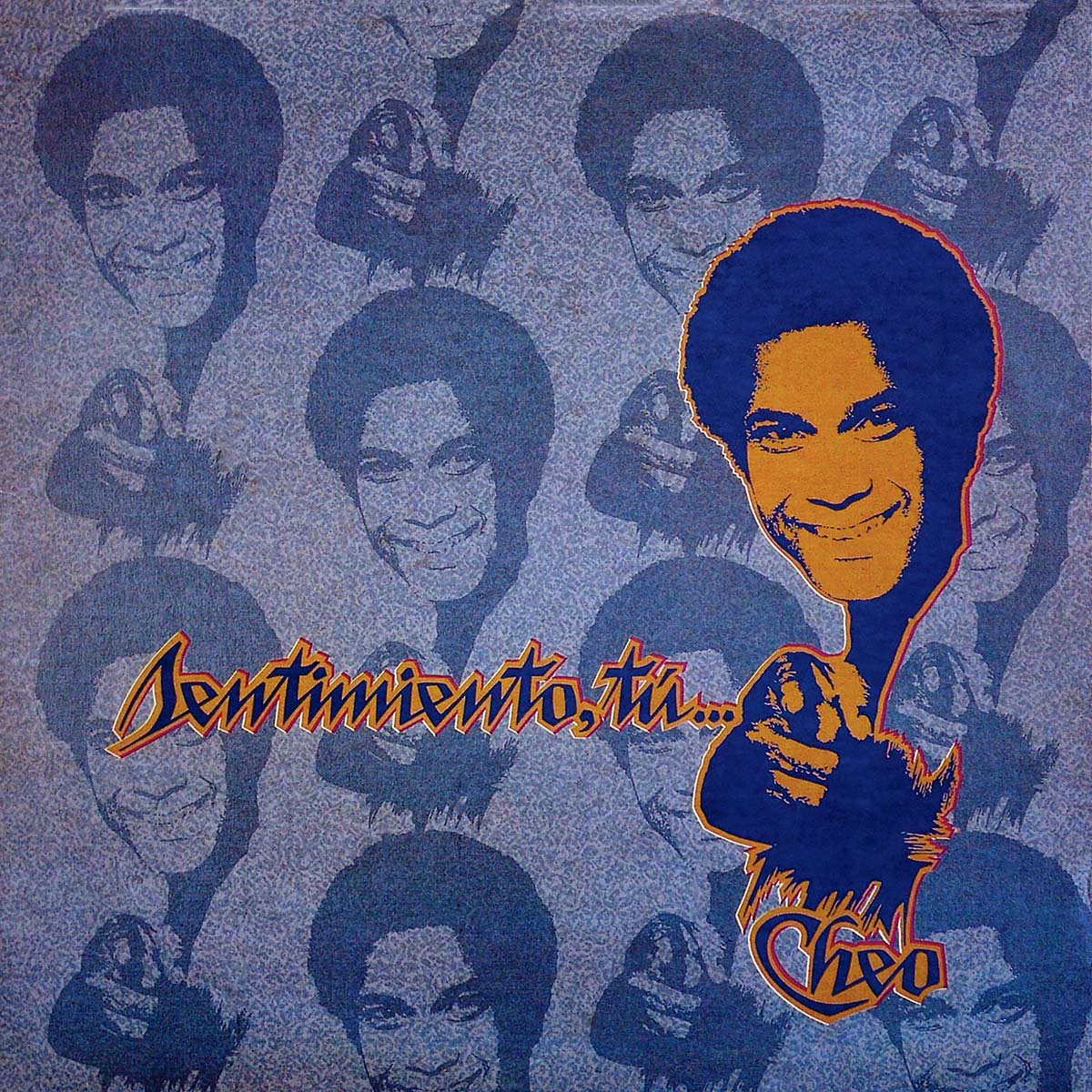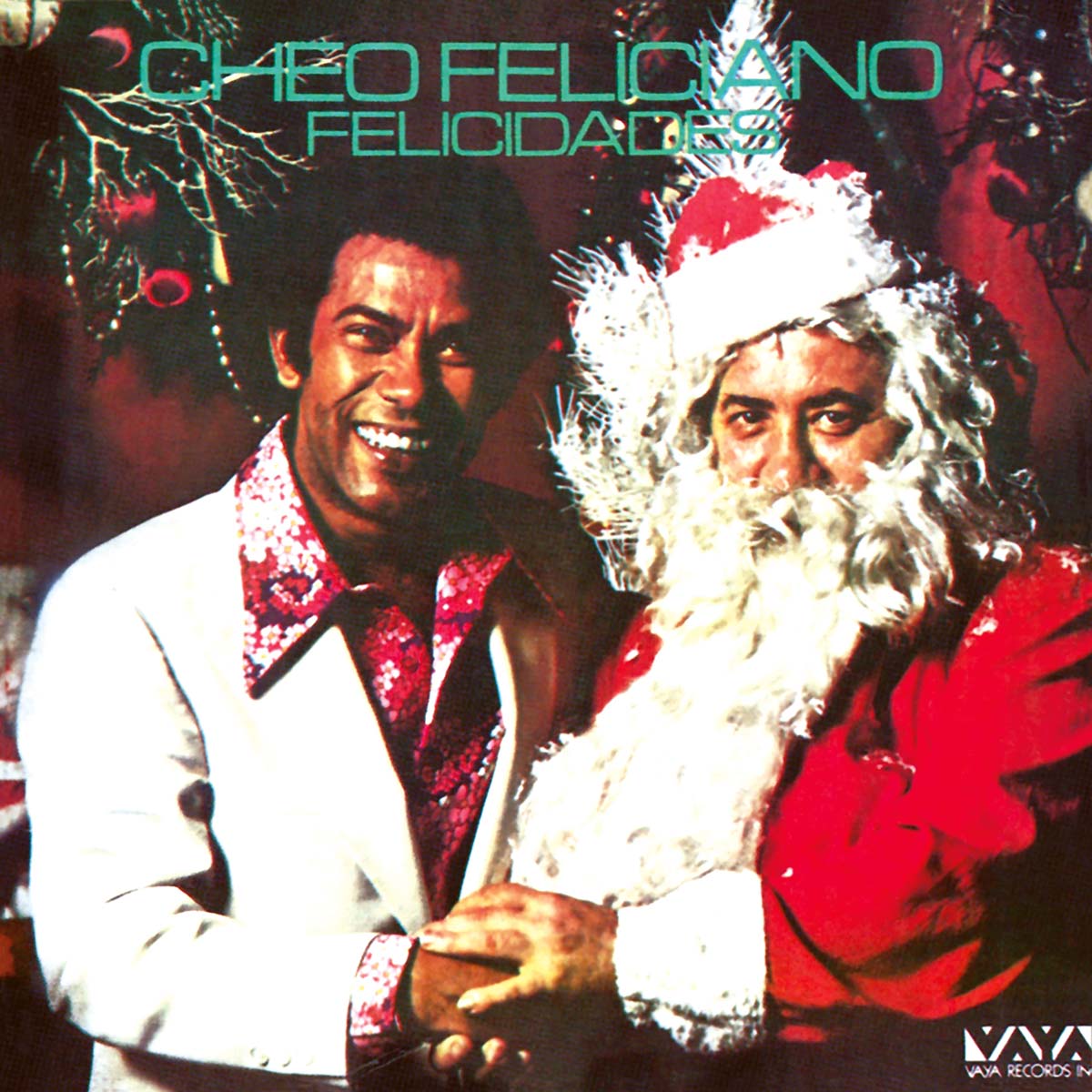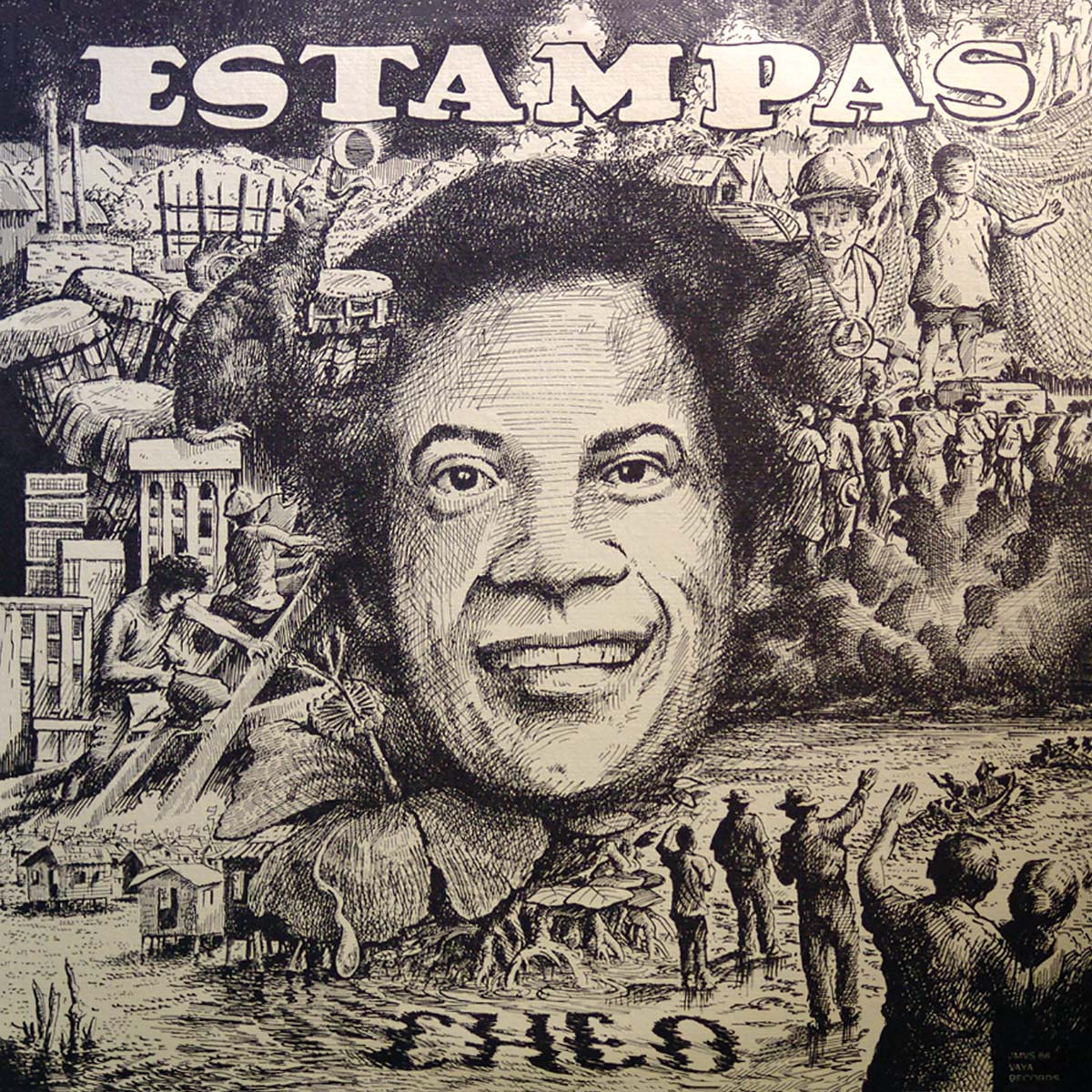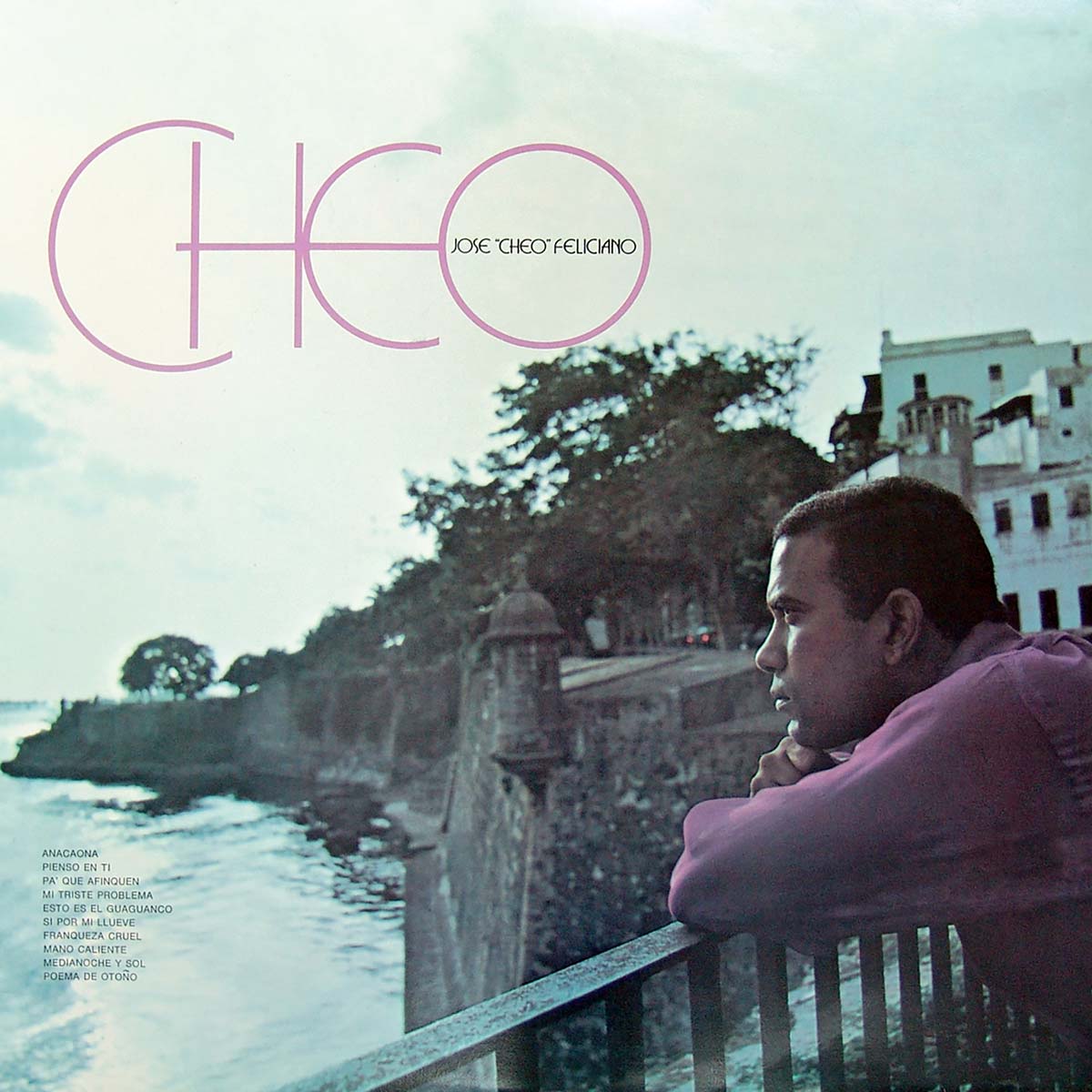
Every single encounter with José “Cheo” Feliciano is an opportunity to remember that it is always possible to transform the world into a place where we can all live in peace and harmony. Cheo, no matter who you are, will shake your hand, look at you in the eyes with a smile in his face, listen to you respectfully, and talk truthfully, having honesty as his outmost priority. That’s the kind of guy Cheo is, both with people known and unknown. A gentleman in the widest sense of the word. A quixotic person on the salsa scene and the stage of life.
He doesn’t mind talking about the abject poverty that marked his childhood days on Calle Guadalupe in Ponce’s Barrio Segundo, where he spent many evenings chasing mice with homemade slings in the company of his friends. Those years provided inspiration for the song “El Ratón.” With equal honesty, he recalls the horrors of drug addiction. Just like many other singers and musicians from the Caribbean who arrived in New York during the ’50s and ’60s, he found that the nightclub lifestyle of the time was a door to experimenting with drugs. Before crawling, literally, on the sidewalks of the Latin barrio, Cheo tasted fame and fortune with Joe Cuba’s sextet.
Recommended by Tito Rodríguez, Cheo made history with the sextet since his debut on the night of October 5, 1957, at the Chandelier Room. No other sextet of the time, including Gilberto’s and the Sexteto La Playa, was able to match the stunning output of Joe Cuba working with Cheo, Jimmy Sabater, Nick Jiménez, Tommy Berríos and the many musicians who performed with his orchestra. Of the many hits included in the dozen records that Joe Cuba recorded with Cheo’s participation, we’ve decided to include the tasty guaguancó “Bailadores,” by the late pianist Héctor Rivera. Here, you can hear a young sonero who was soon destined to become one of the most versatile and expressive montuno singers. And yet, Cheo’s career crumbled down because of his drug addiction. He hit bottom. Reached the deepest end of the abyss and almost lost his life in the process.
He called heroin “mama.” Cheo was its slave, and when he could not have it, he lost his mind and suffered the horrible effects – the vomiting, tremors, headaches and hallucinations. Then, a miracle happened. Against all odds, Cheo stood up again. Meeting Tite Following his exit from the Joe Cuba sextet, and in the midst of his sorrow, Eddie Palmieri gave him a chance on the Champagne album, and Monguito Santamaría invited him to participate on Hey Sister.
With them, Cheo recorded “Busca Lo Tuyo” and the bolero “Soy Tu Ley,” an unforgettable chapter of his legacy. His wife Socorro Feliciano never abandoned him, and with the help of angels such as Catalino Curet Alonso and Tommy Olivencia, he was admitted at Hogar Crea, an addiction center. Clean and sober, the singer emerged from treament to find the “Cheo Feliciano Project” waiting for him – a series of recordings that Tite Curet would produce for Vaya, a division of Fania Records. The first album was Cheo, containing the hits “Anacaona,” “Pa’ Que Afinquen,” and “Esto Es El Guaguancó.” Since then, Tite Curet became his “musical tailor.” Everything that he wrote for Cheo was made to measure. In the hands of Tite Curet, Cheo became Puerto Rico’s favorite child.
A Sensuous Voice Few singers have shone as brightly as soneros and bolero interpreters. On the same level as Beny Moré and Tito Rodríguez, “our” Cheo Feliciano is also recognized as a romantic bolero performer – expressive and temperamental. When he says mami, the women melt. This is why his sensuous voice, influenced by crooners such as Tito Rodríguez and Cuba’s Fernando Alvarez, is a Latin American treasure, particularly now that legends like Rodríguez, Vitín Avilés, Santitos Colón and Chivirico Dávila are no longer with us. You can listen to Cheo at his best on the boleros “Juguete,” “Soy Tu Ley,” and “Amada Mía.” Dance to these songs at home, with the lights dimmed and after drinking a few cups of red wine. His Musical Legacy On his first albums for the Vaya label, Cheo evoked the soundscapes of the Joe Cuba sextet thanks to the arrangements of Bobby Valentín and the superlative support of the Fania musical stars. His reputation grew considerably, recording the bolero classics “La Voz Sensual” and “Looking For Love,” produced by none other than Argentine maestro Jorge Calandrelli. The late pianist Jorge Millet and the multifaceted Luis García also worked on the production of his albums. “Estampas” and “Sentimiento Tú” are among the highest points of his discography, both in terms of musical quality and lyrical depth. Tite Curet contributed a slice of salsa narrative with “Los Entierros” and “Juan Albañil,” two eloquent and revealing vignettes of pure urban poetry. Pa’ Que Afinquen Today, Cheo Feliciano, humble son of Chenchita and Prudencio, born in Ponce, Puerto Rico in 1935, is blessed by the grace of God and singing better than ever.
Cheo is celebrating his 50th anniversary as a professional singer with a series of concerts in Puerto Rico, Venezuela, New York and other cities. He is enthused about an upcoming collaboration with Rubén Blades that will find them singing duets and performing each other’s hits. This entry in the La Herencia series recognizes the remarkable career of Cheo Feliciano. Enjoy it.
Concept, compilation and liner notes by Jaime Torres Torres






